Movement is the beginning of life in the natural and human world. For millennia, since pre-historic times, man has endeavoured to capture this awareness of movement in lien and colour, clay, stone and metal. Over a period of many centuries in all parts of India, there has been an overwhelming preoccupation with arrested movement. The dancer tries to achieve a still sculptural pose, seemingly frozen while the sculptor arrests the dynamics of kinetics and yet the sculptural figure appears as if it will move any moment and fly out of the stone. With lucid style and stunning precision, this enticing monograph embodies the residual essence of fundamental research, couched in a flowing, communicative language for the lay reader. The monograph provides a glimpse into this vast canvas of the Indian sculptural and pictorial traditions.
ABOUT THE AUTHOR Kapila Vatsyayan
Kapila Vatsyayan artist and art historian is internationally acknowledged as the pioneer of evolving alternate models of research for establishing inter and intra-relationship of different domains of knowledge and creativity. Her own work moves from a deep understanding of the primary textual sources of the East and West, principally Sanskrit and English, and a direct experience of the arts as performer. It focuses attention on the inter relationship of the concept and creative interpretation in architecture, sculpture, painting, music, and dance. The kinetic image enables her to delve deeper into the textual and oral sources and the fundamental metaphysics which govern form and structure of the arts. She has convincingly drawn attention to the sacred geometry which pervades all the Indian arts. As visualiser of the conceptual plan of the Indira Gandhi National Centre for the Arts, she leaps across many disciplines, questions the conventional boundaries and finally establishes several bridges of communication between traditional thought and modern science. This has resulted in many multi-disciplinary studies of space and time, nature and culture, man and society, chaos and order. Her holistic integral vision is explicit in the volumes she has edited on these subjects. Her first work, Classical Indian Dance in Literature and the Arts, is a milestone by experts the world over. This work was followed by many others including the definitive study of Dance in Indian Painting, The Theoretical Basis of Asian Aesthetic Traditions; Traditional Indian Theatre: Multiple Streams; six volumes on Gita Govinda; Bharata and the Natyasastra; and the Square and the Circle of the Indian Arts. She has edited the volumes on Concepts of Space: Ancient and Modern and Concepts of Time: Ancient and Modern published by the Indira Gandhi National Centre for the Arts, New Delhi.

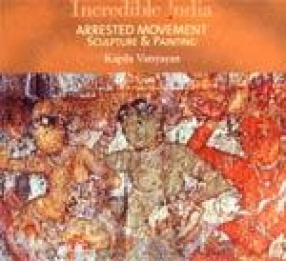
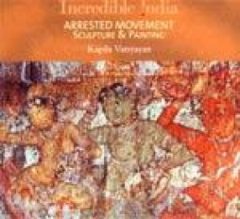
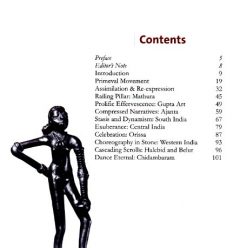

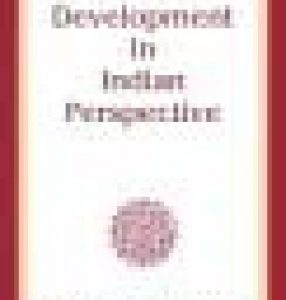

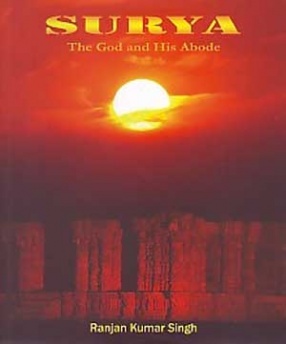
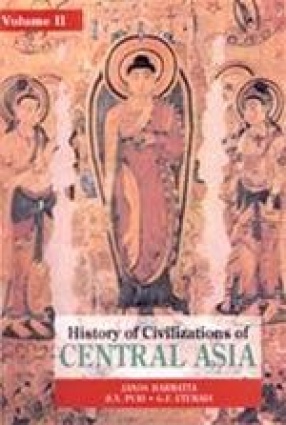
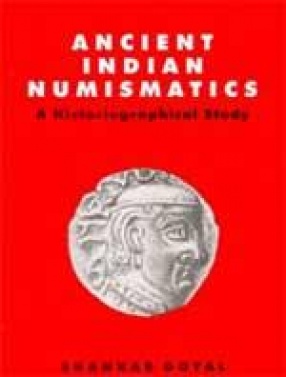
There are no reviews yet.